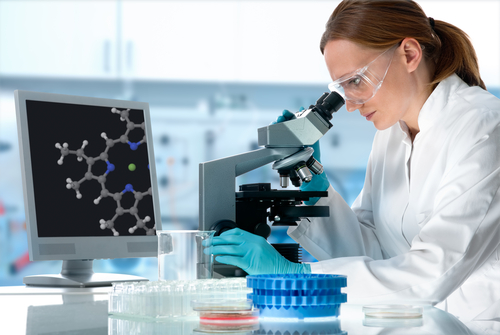Hydroxyurea Treatment in Men with SCA Leads to Drop in Total Sperm Count, Study Shows

Researchers found that treatment with hydroxyurea at currently approved doses for sickle cell anemia leads to a significant drop in total sperm count in men.
The study, “Adverse effect of hydroxyurea on spermatogenesis in patients with sickle cell anemia after six months of treatment,” was published in the journal Blood.
Progress in the treatment of sickle cell anemia (SCA) has allowed patients to live longer lives, reach reproductive age, and have children. One of the main reasons for the improvement in mortality and morbidity in patients with SCA is treatment with hydroxyurea.
But few studies have examined the impact of hydroxyurea on sperm counts in adult male patients.
Researchers from the Public Assistance Hospitals of Paris conducted a prospective Phase 4 multicenter study called HYDREP (NCT01609192) to determine the effect of six months of hydroxyurea treatment. The study represented two complete cycles of spermatogenesis (sperm formation) on the total sperm count (TSC) in 35 men with severe forms of SCA.
The TSCs were obtained by multiplying the number of spermatozoa/ml by the volume of ejaculate. The normal values for volume and TSC are greater than or equal to 1.5 ml and 39 million/ejaculate, respectively.
At baseline, before hydroxyurea treatment, researchers determined that 40% of the patients had an abnormal TSC, which was found to be related to SCA disease.
After six months of hydroxyurea treatment, the mean TSC count decreased from 129.8 plus or minus 150 million at baseline, to 24.1 plus or minus 54.1 million at month six. This finding was statistically significant and represented a fivefold reduction in TSC.
Furthermore, 86% of patients had an abnormal value of TSC at month 6 compared to only 40% at baseline. Therefore, more than twice as many patients had an abnormal TSC value at month six compared to the start of the study. In fact, 86% of patients displayed a reduction in TSC at month six, whether or not they were normal at baseline.
Patients with no sperm cells were defined as azoospermic and those with rare sperm cells as cryptozoospermic. The number of patients who were cryptozoospermic and azoospermic increased more than 10-fold, reaching almost one in three patients. For these patients, natural conception is almost impossible.
Researchers also found that hydroxyurea treatment during six months had no impact on semen volume.
When looking at other parameters that could be affecting total sperm count, researchers discovered no correlation between TSC and blood transfusion status, history of priapism (painful erection), or vaso-occlusive painful crises (VOC) that occurred during the study.
Therefore, the authors of the study conclude, “[Hydroxyurea], at current doses, causes significant, rapid and unpredictable impairment of spermatogenesis in treated men.”
They caution that some important questions remain unanswered, primarily whether these effects are reversible after treatment is stopped and if the same consequences are seen when treatment is started in SCA children.
“These results may lead to consider preventive sperm cryostorage [cell freezing] for adult SCA men requiring this treatment,” researchers add.






